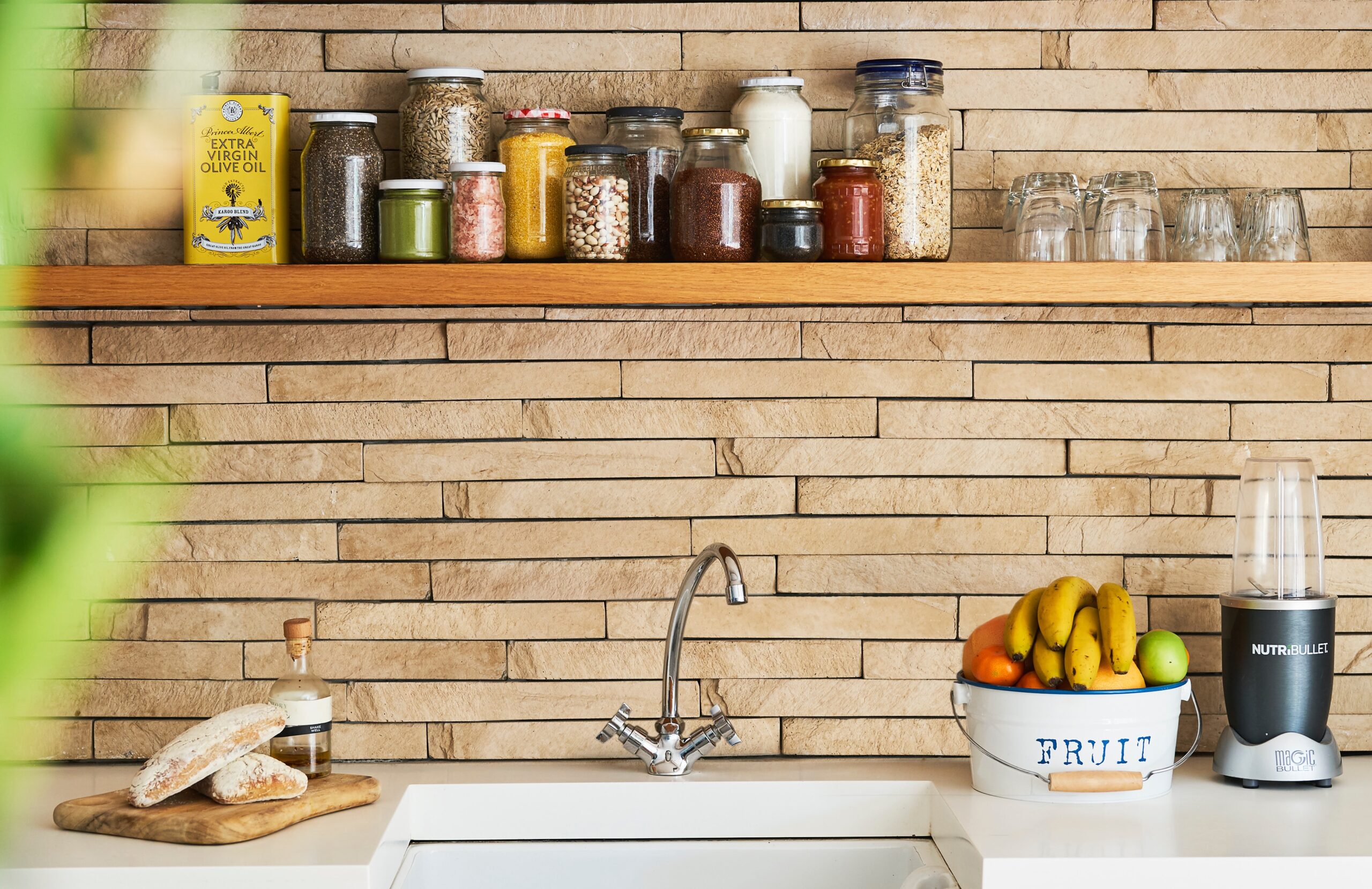Lima Bean Respect Day
Do you respect your lima beans? If you’re like me, you probably don’t give lima beans much thought. They’re a legume, they exist, they’re your least favorite part of frozen mixed vegetables and probably one of your least favorite beans too. Is there more to lima beans than meets the eye though? You may be surprised to learn just how deserving of respect these little beans are…
Why you should stop ignoring lima beans:
- Protein: lima beans are an excellent source of plant protein with 15 grams per cup.
- Fiber: 1 cup of lima beans provides a whopping 13 grams of fiber.
- Minerals: lima beans are a good source of potassium, copper, iron, magnesium, phosphorus, selenium, and zinc.
- Vitamins: beyond their impressive mineral profile, lima beans are also a good source of Vitamin B6, folate, thiamin, and choline.
Okay, so now you know that lima beans are good for you and maybe you should try to eat them a little more often than…never. But how?
- Throw them into a casserole, chili, soup or stew to get the benefits of lima beans without even knowing they’re there!
- Add them to a salad, slip some into your next stir-fry, or buy that frozen mixed veggie bag that includes lima beans (and actually eat them).
- Season them and serve as a side dish. Lima beans may not have the most exciting flavor profile, but that doesn’t mean they have to be bland. Try seasoning them with some cayenne pepper for a little kick, garlic or pepper for a more classic taste, or your favorite spice.
You can find lima beans fresh, frozen, canned, and dried so no matter your preference there’s a lima bean for you. Just like other beans, dried lima beans should be soaked overnight before cooking. You can even try cooking your lima beans in broth to add a little more flavor. They can also be cooked in a pressure cooker or crock pot to speed up cook time.
Are you inspired to add more lima beans to your diet now?
Do you respect your lima beans? If you’re like me, you probably don’t give lima beans much thought. They’re a legume, they exist, they’re your least favorite part of frozen mixed vegetables and probably one of your least favorite beans too. Is there more to lima beans than meets the eye though? You may be surprised to learn just how deserving of respect these little beans are…
Why you should stop ignoring lima beans:
- Protein: lima beans are an excellent source of plant protein with 15 grams per cup.
- Fiber: 1 cup of lima beans provides a whopping 13 grams of fiber.
- Minerals: lima beans are a good source of potassium, copper, iron, magnesium, phosphorus, selenium, and zinc.
- Vitamins: beyond their impressive mineral profile, lima beans are also a good source of Vitamin B6, folate, thiamin, and choline.
Okay, so now you know that lima beans are good for you and maybe you should try to eat them a little more often than…never. But how?
- Throw them into a casserole, chili, soup or stew to get the benefits of lima beans without even knowing they’re there!
- Add them to a salad, slip some into your next stir-fry, or buy that frozen mixed veggie bag that includes lima beans (and actually eat them).
- Season them and serve as a side dish. Lima beans may not have the most exciting flavor profile, but that doesn’t mean they have to be bland. Try seasoning them with some cayenne pepper for a little kick, garlic or pepper for a more classic taste, or your favorite spice.
You can find lima beans fresh, frozen, canned, and dried so no matter your preference there’s a lima bean for you. Just like other beans, dried lima beans should be soaked overnight before cooking. You can even try cooking your lima beans in broth to add a little more flavor. They can also be cooked in a pressure cooker or crock pot to speed up cook time.
Are you inspired to add more lima beans to your diet now?
CAND Instagram
Recent Posts
Meet the Author
Bringing you the best nutrition information...
Our Academy Bloggers
CAND has several professional and student bloggers. They write about a range of topics for the public.



